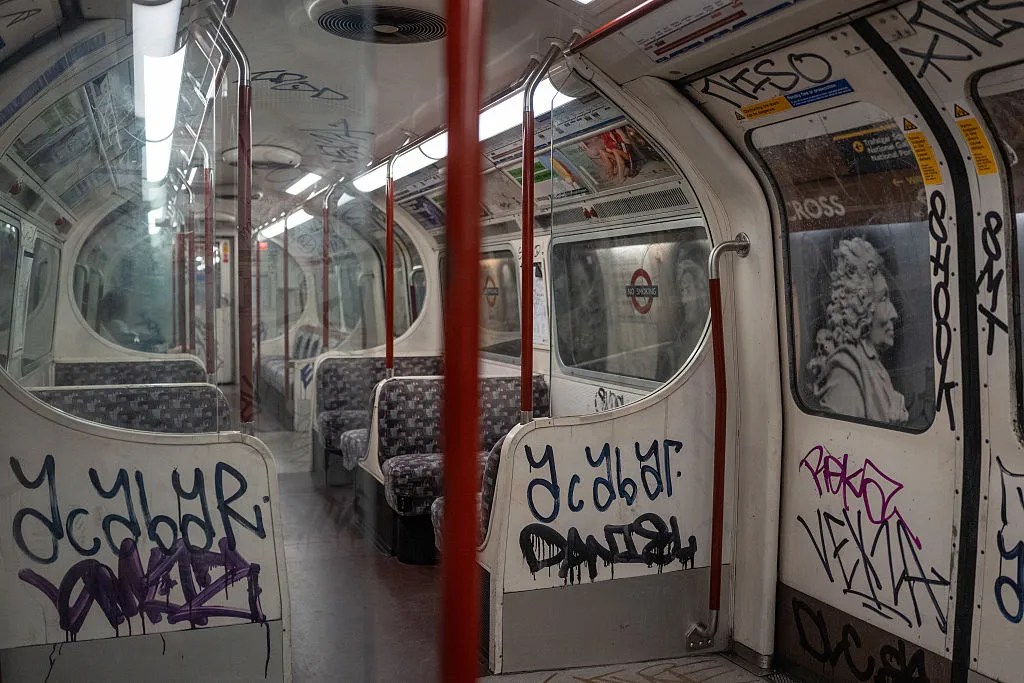Many have celebrated, and perhaps none will have mourned the murder of former Lostprophets frontman and prolific sadistic paedophile Ian Watkins in HMP Wakefield. But his killing in the notionally high-security Category A prison demonstrates just how little control exists in our jails. Indeed, just two weeks ago HM Inspector of Prisons published a report on Wakefield in which he noted that ‘violence had increased markedly…with a 62 per cent rise in incidents and a 72 per cent increase in serious assaults’. The inspector went on to note that ‘older men convicted of sexual offences’ felt particularly unsafe, and lacked confidence that staff would protect them.
Men with a high propensity for violence are not going to become less violent if they are in a place full of constant danger and regular outbursts of violence
So what, you might ask. Who cares about the safety of sex offenders, particularly those, like Watkins, who targeted babies? Does it matter that there in a high-security prison, inspectors found ‘no coherent strategy to reduce violence or bullying’, or that ‘drivers of violence had not been clearly identified and the violence reduction action plan was not well developed’? Shouldn’t prisons, especially those for men who have committed the most horrific and depraved crimes, be places of fear and violence?
It’s helpful to understand who is jailed at Wakefield. While it is primarily a prison for ‘lifers’ – men who have been convicted either of murder or very serious sexual offences and who can only be released at the direction of the parole board – it holds those on other sentences too. Watkins, for example, was serving a 29 year ‘extended determinate sentence’, under which he would have been automatically released in 2042.
Similarly, not all murderers are equal. Men like Wayne Couzens, Axel Rudakubana or Hashem Abedi are sadistic monsters who targeted innocent women and children. While it is always a grievous sin to murder, there is a world of difference in terms of morality and comprehensibility between their crimes and the murder committed by a young man who attacks another young man in a conflict over territory, status, money or a woman. Even more distinct are some ‘murder’ convictions obtained under ‘joint enterprise’. In some cases, such as that of Sean Hutton, young men have been convicted of murder while not even being present on the estate where the killing took place.
In my experience, many of these ‘murderers’ are capable of profound change, of confronting the great evil they have done, and perhaps, one day, of being able to return to society. There are likely to be many such men in Wakefield.
Two-thirds of the inmates there are serving sexual offences, meaning that a third are likely to be convicted of murder and other very serious violence. As with most ‘lifer’ jails, only about a quarterof Wakefield’s population are ‘category A’, those prisoners requiring the highest level of security. Generally all those sentenced for murder would start at this security category. What this means is that three quarters of the men in the jail had ‘progressed’ to ‘B Cat’, ‘C Cat’ or even, occasionally ‘D Cat’, the very lowest category of risk.
A good prison system needs to distinguish between those who can never be released and those who have the potential to be rehabilitated and even redeemed. If those long-term prisoners who have the chance of release are to change, they need to be in an environment which is safe. Men with a high propensity for violence are not going to learn to become less violent if they are in a place full of constant danger and regular outbursts of violence. They will only continue to become more dangerous.
Wakefield isn’t even especially violent or dangerous. As the inspector wrote, its level of violence is ‘consistent with similar prisons’. Across the country high-security jails are awash with unpredictable violence against inmates and staff, along with drugs, disorder, and little time or space for meaningful rehabilitation.
There is also something simultaneously ugly and morally bankrupt in those who celebrate the killing of a monster by another prisoner, but would not introduce capital punishment. A system where we rely on random, unpredictable killings of prisoners by other prisoners is not just or right. When a society abrogates moral responsibility for the fates of monsters like Watkins, it diminishes itself. We should not rely on chaos and other murderers to punish.







Comments